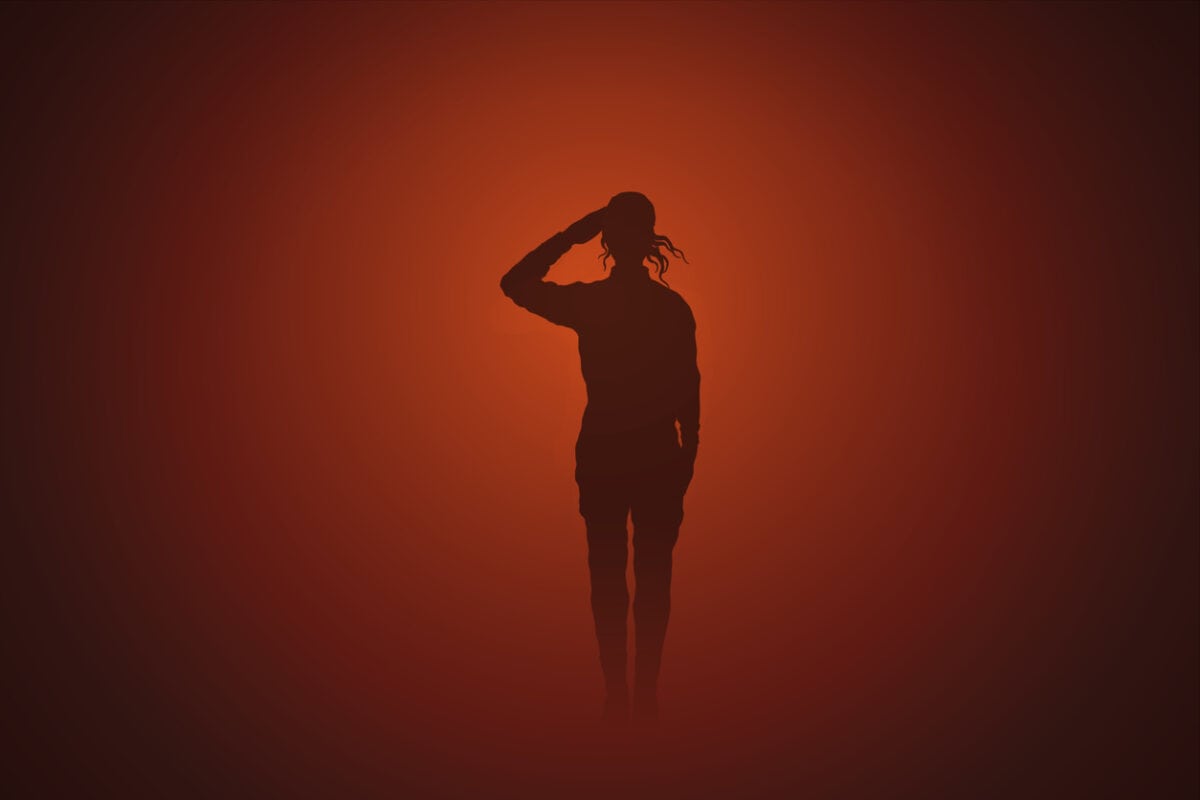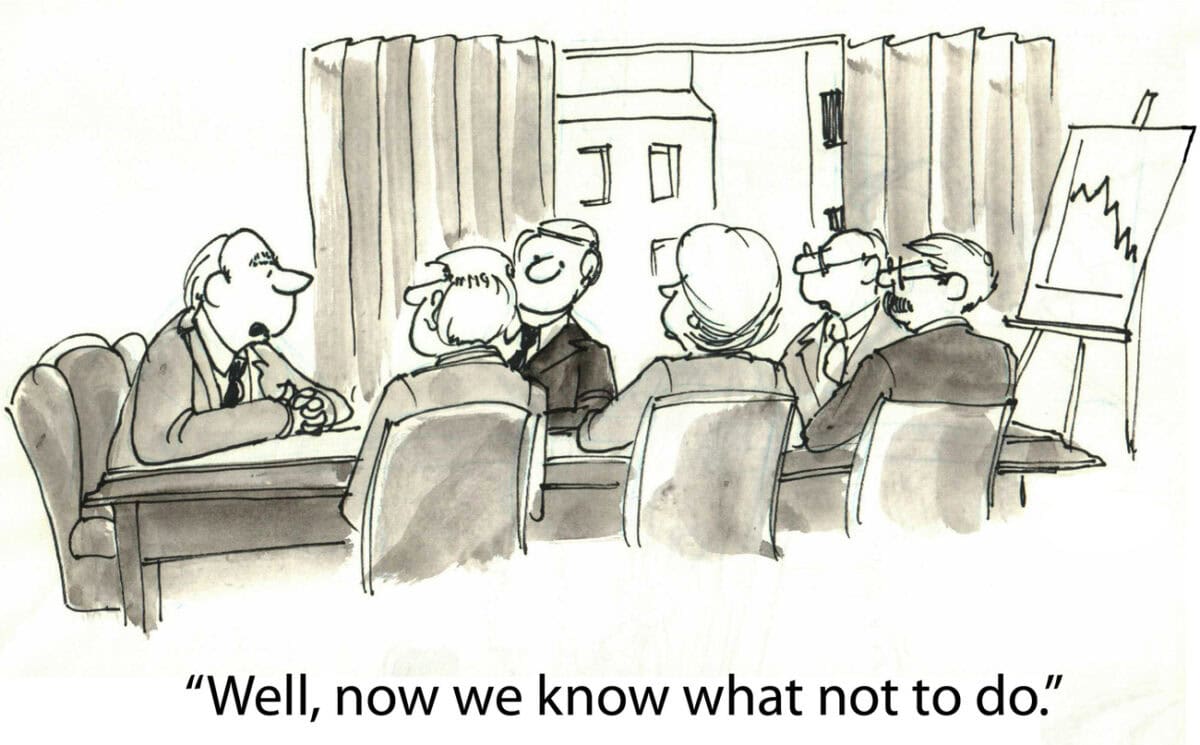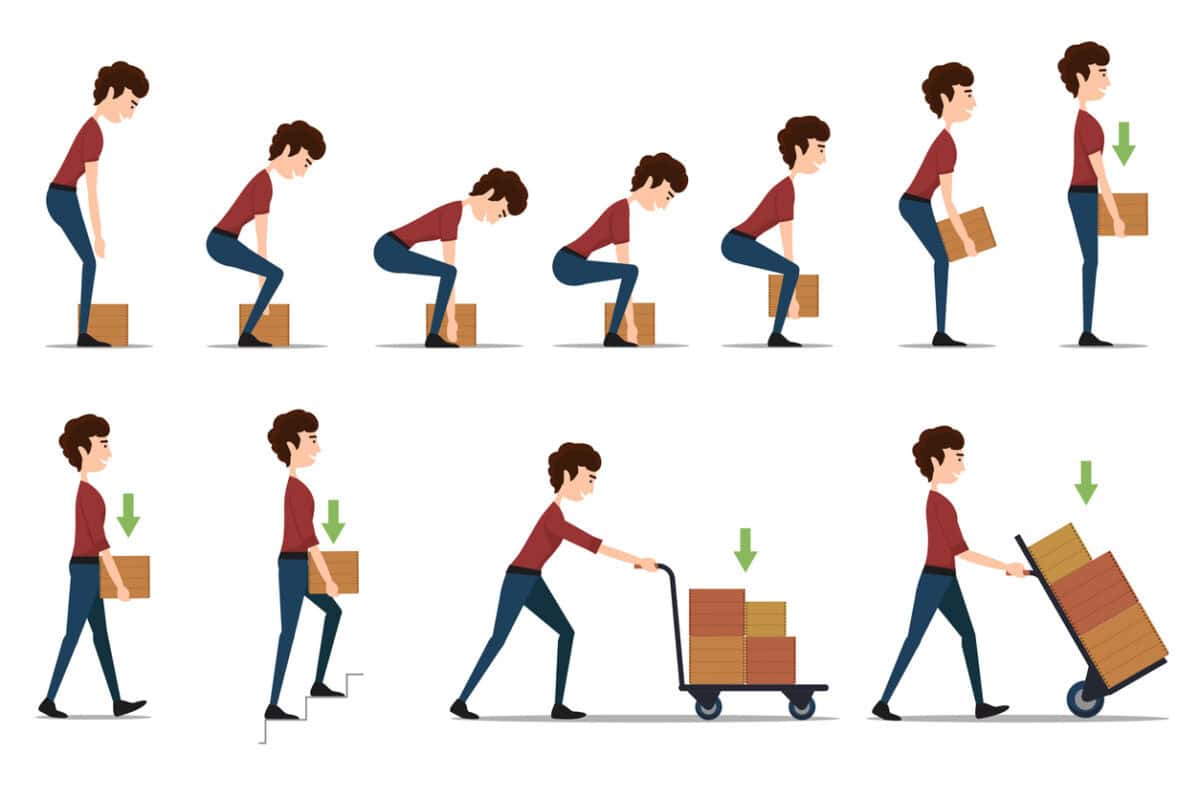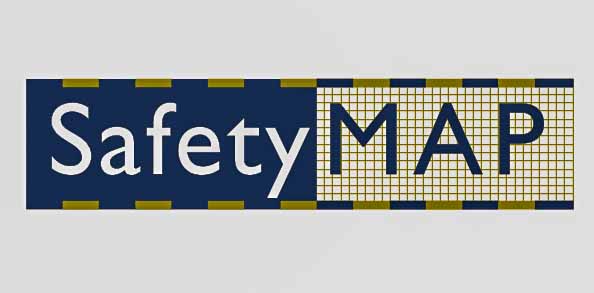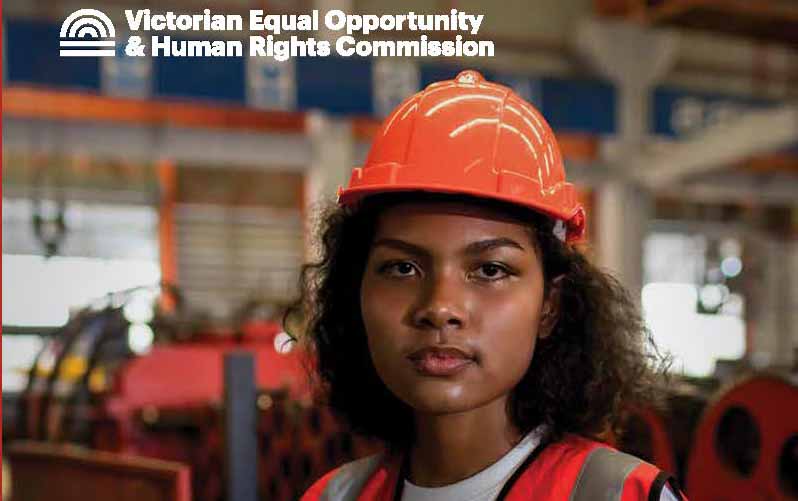Reasonably practicable control measures are most often determined by the courts during a prosecution. Every other determination of reasonably practicable in occupational health and safety (OHS) compliance is an educated guess by employers. However, this does not always have to be the case, as a short excerpt from the Annual Report of New Zealand’s Ombudsman illustrates.
Pages 52 and 53 summarise a complaint made to the Chief Ombudsman questioning WorkSafeNZ’s handling of an investigation into a:


